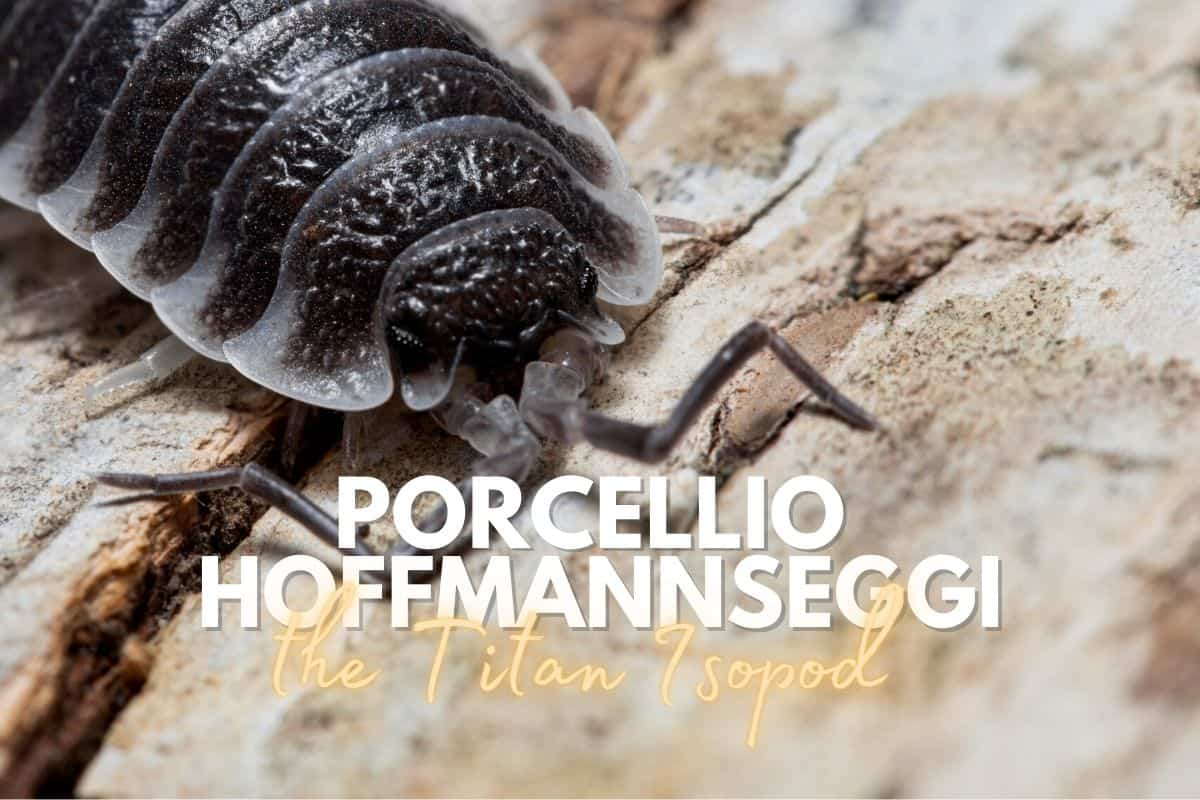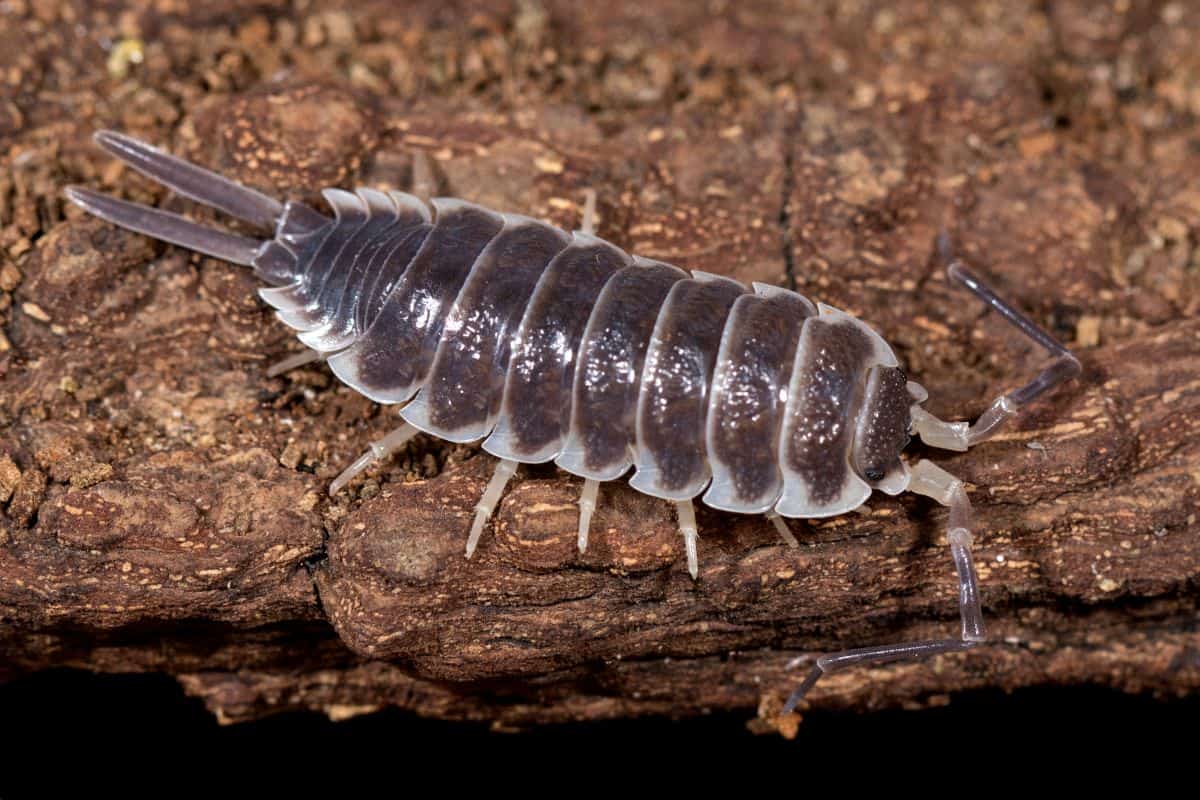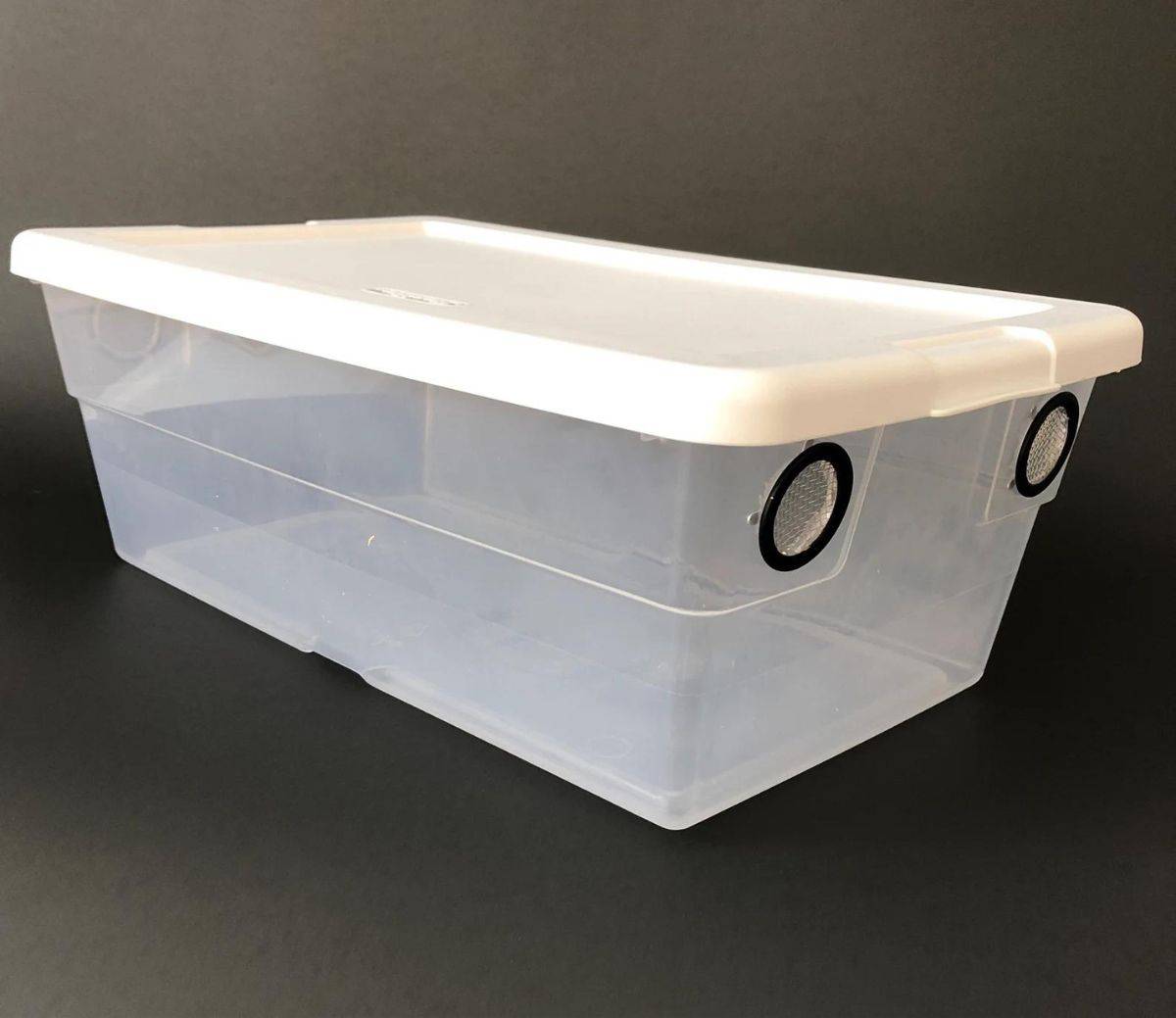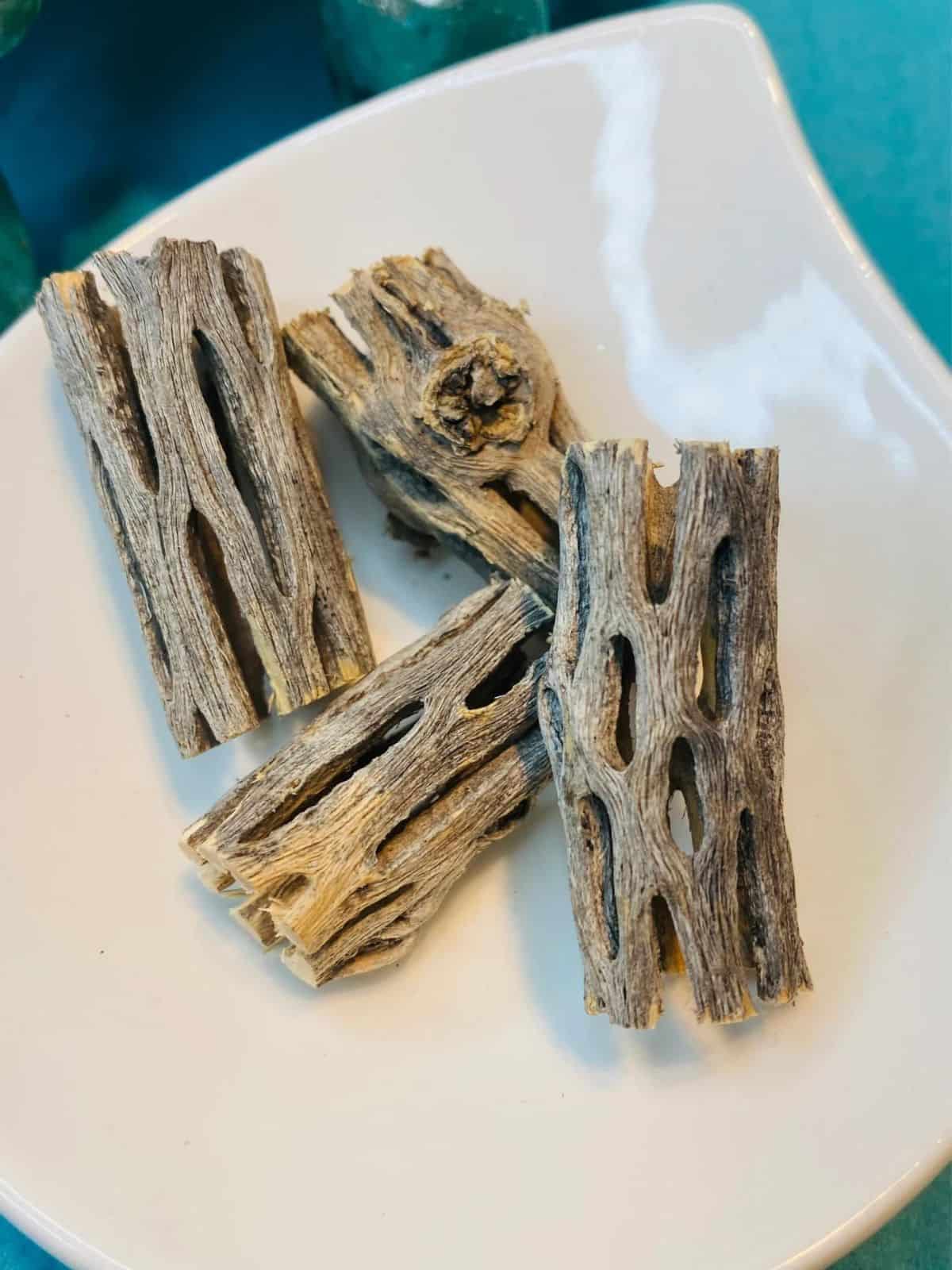They don’t come much bigger than the aptly named “Titan
As true giants among isopods, Porcellio hoffmannseggi aren’t going to be a good fit for every setup, but they remain super popular in the hobby for a variety of reasons.
Besides the simple novelty of being a really (really) big pet
Find out how to care for these Spanish beauties and where best to use them.

Terrarium Tribe is reader-supported. When you purchase through links on our site, we may earn an affiliate commission (at no further cost to you). 💜
Porcellio hoffmannseggi Care
Porcellio hoffmannseggi is one of several giant terrestrial
Are the Titans the biggest of the bunch? Well, that’s hotly contested.
But with many reaching up to 4cm fully grown – these guys are undeniably enormous!
Thankfully, Porcellio hoffmannseggi isn’t too challenging to keep overall. It’s often regarded as the most forgiving of its giant Spanish counterparts, and it’s pretty easy to handle as a pet too.

I have seen
Container / Enclosure
Surprisingly, despite their Mediterranean nature, Titan Isopods actually prefer dryer, low-humidity environments with plenty of ventilation.
So, for a regular culture, you’ll want a relatively large container with large/multiple air holes. A shoebox-sized Tupperware box is always a good starting point (if you’re able to drill some holes).

Naturally, being so large, they do need more space, but they can also be quite territorial.
In fact, this territorial nature can lead to these isopods seriously harming each other, so this could be a leading cause of why some people are struggling to grow their cultures.
To prevent this, you can try:
- Keeping cultures in large containers where these isopods can make their homes separate from each other.
- Adding plenty of separate hiding areas (through the use of different branches, egg cartons, etc.).
- Aggressively dividing colonies into separate cultures of just a handful of isopods at a time.
Habitat and Conditions
It’s generally quite difficult for isopods to thrive in dry environments, so this species of
That said, like all isopods, Porcellio hoffmannseggi still needs easy access to moisture in order to survive.
Isopods are crustaceans, after all!
So, in this case, a “dry environment” doesn’t mean pure desert sand… though you can opt for a more arid substrate provided that you have a steep moisture gradient. Commonly achieved through the addition of a damp area (usually with sphagnum moss) where the isopods can retreat to.
- Humidity should be kept as low as reasonably possible by having plenty of ventilation.
- Room temperature should be a-okay (provided you like a comfortable 68°F+ (20°C) rather than an ice cooler for a living room).
What to Feed Titan Isopods
You’d be forgiven for thinking these giant isopods would have a giant appetite to match, but surprisingly that’s not necessarily the case.
Despite their bullish attitude towards each other, they can actually be pretty passive when it comes to food.
Porcellio hoffmannseggi are reported to prefer decaying wood over leaf litter, but any good

You can still supplement with the usual isopod foods, and they’ll need a regular calcium source to keep that big carapace healthy and strong. Some protein goes a long way, too.
👉 Our Isopod Superfood packs a healthy protein punch with plenty of calcium and other micronutrients.
Unfortunately, their relatively low feeding response means they may not be the most prolific bioactive cleaners in a terrarium, but that’s not to say they can’t work. Just note if you’re pairing them with a larger reptile, these giant walking targets might also become food themselves….
Whilst they’re not the largest species of
Breeding Porcellio hoffmannseggi
Thanks to some clear sexual dimorphism, it’s super easy to distinguish between the male and the female Titan isopods. So if nothing is going on in your starter culture, you might want to check that you have both males and females!
Look for the much longer “tails” (technical name, “uropods”) on the males.
On a whole, provided you have a healthy and stable culture, breeding tends to be quick and easy with average-sized broods.
The territorial nature of the females tends to come out in the first few months as they protect their young, though. So, breeding Porcellio hoffmannseggi may open up another can of worms in that department.
Porcellio hoffmannseggi Morphs
Porcellio hoffmannseggi certainly isn’t the flashiest of isopods, but it has its subtle charms.
The regular color has a muted grey tone with a simple white skirt, but they come in a few other morphs that might be more your thing.
- P. hoffmannseggi “Black” – Technically a locale rather than a morph, these have more of a block color and a darker hue.
- P. hoffmannseggi “Brown” – Sometimes known as the “Chocolate” morph for its light coloration. These can pop up anywhere, and it’s seemingly common to have one or two in a brood.
- P. hoffmannseggi “White Out” – A relatively rare albino version that has recently been isolated.
Other Giant Porcellio Isopods to Consider
Porcellio hoffmannseggi may be the entry-level Spanish giant, but if you’re a more advanced keeper (or just like a challenge), then give these whoppers a go!
- Porcellio expansus.
- Porcellio dilatus.
- Porcellio magnificus.
- Porcellio werneri.
- Porcellio bolivari.

This is the most informative article I’ve seen on P. hoff. Thank you!